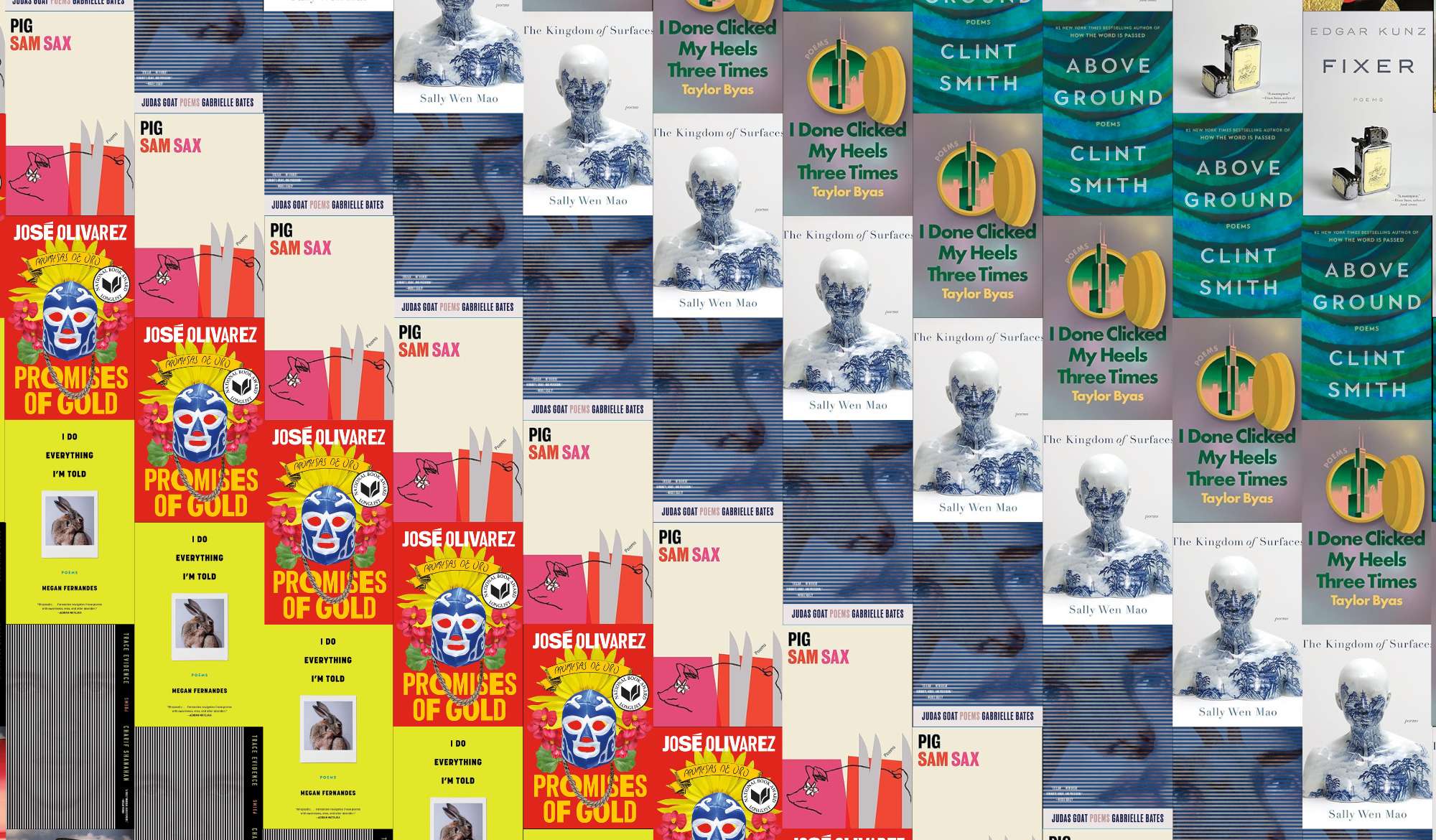Books & Culture
A Life of Your Own: Spinster by Kate Bolick

“What if a girl grew up like a boy, with marriage an abstract, someday thought, a thing to think about when she became an adult, a thing she could do, or not do, depending?”
Kate Bolick’s memoir, Spinster, is an answer to her own question: how can a woman make a life of her own in 2015, when — as Bolick claims — our paths are still charted by the question of, “Whom to marry, and when it will happen?” As a successful freelance writer, contributor to The Atlantic, and former executive editor of Domino magazine, Bolick sets herself up as the example of how to live a solitary life — especially impressive, perhaps, because most of that living occurs in the mightily expensive New York City. Yet a book on singleness has never been more relevant, according to Spinster’s statistics: in 2013, more than 105 million people over the age of eighteen were never married, divorced, or widowed — and 53 percent of that population were women.
Spinster is based on an article Bolick originally wrote for the Atlantic in 2011, “All the Single Ladies.” The memoir, as it exists now, is an expanded exploration structured around five women “awakeners” who have inspired and shaped Bolick’s lifestyle. The awakeners are alike in that they are all early-twentieth-century writers as well as, to varying degrees, spinsters themselves: Edna Millay, Maeve Brennan, Neith Boyce, Edith Wharton, and Charlotte Perkins Gilman. By regarding the five together as a group, Bolick “began the very long process of re-creating our conversations — not with other, real, live women, who could only ever be gross approximations of the mother I missed, but real, dead women, whom I could sidle up to shyly and get to know slowly through the works they left behind and those written about them.” The awakeners allow Bolick to come to terms with her un-marital bliss, even when she passes the get-hitched “deadline” of her dreaded thirtieth birthday.
“I started jokingly referring to my job as my ‘husband’ (as in, my source of economic stability), an ‘antidepressant’ (it was so demanding, I didn’t have time for melancholy), and a full-time ‘vacation’ (even with the long hours, it was far easier than writing freelance), all rolled into one.”
Single life is shown to be appealing for the reasons you’d expect: peace, quiet, and not having to look great all the time for a partner. After ending a long-term cohabitation at 29, Bolick reverts to living solo in New York City:
“My first night there I stayed out at a party until four o’clock in the morning, and when I got off the 6 train at Twenty-eighth Street an eerily empty yet still-open McDonald’s beckoned like an electric mirage. Back on the sidewalk I threw away the bag, peeled off the warm paper wrapping, and bit into the most delicious Bic Mac I’d ever eaten. I chomped and strolled as slowly as I could, prolonging the delectable realization that waiting for me at home was nothing but an empty bed in which I’d crawl naked and drunk and stinking of fast food, disgusting nobody but myself.”
But can we all be so lucky? Bolick’s memoir flaunts her ability to pick and choose: early in life, she is complimented on her “nice figure,” later admitting that, with “braces and breasts” a girl becomes “if not one of the pretty ones, attractive. To boys, I mean.” Bolick’s memoir consequently turns into a kind of log of lovers and all the male romantic interests are the same bland brand of sweet-sexy-romantic, as well as, Bolick insinuates, marriage material. “Each time, I thought sex couldn’t get any better, that I couldn’t learn anything new, and then someone would come along,” she writes of her seven sexual awakenings by the time she’s thirty. Bolick goes as far to complain that her sociability is her Achilles’ heel; at one point she instates a three-week period of self-imposed isolation to concentrate on writing, but caves after two weeks. She could be married, Bolick seems to insist on stressing, but she’s chosen not to, and is better for it! It’s in these moments that her writing becomes unpleasantly defensive:
“Married women, especially those with children, tended to assume a superior stance, as if their insights into people and relationships came preapproved, even though single women drew from a larger store of experiences and had often seen more of the larger world, from which the wisdom I wanted to discover is derived.”
Spinster could also be read as the literary biography of Bolick’s five awakeners. With the lesser-known women, such as Neith and Maeve, Bolick’s insight into their early feminist careers is new and enlightening. However, with Edna, Edith, and Charlotte, the biographies seem surface-level, like thematic scaffolding for the structure of the memoir.
Even despite Bolick’s dismissal, there seems ample evidence that women can live happy, fulfilled lives alongside their significant others. If it weren’t for the forceful insistence on spinsterhood as a superior lifestyle, Bolick’s memoir could have been a deeper, more investigative look at the conditions in which women in the 20th and 21st centuries have pursued careers in writing.
Still, Bolick’s concluding remarks are confusing and hypocritical, self-consciously doubling-back on the preceding nine chapters. The tone itself is sophomoric, like the final lines of a student’s paper: “While researching this book taught me the true value of the spinster, writing it made me see the question I’d long posed to myself — whether to be married or to be single — is a false binary.”
Time and progress will not treat Bolick’s thesis kindly. Already Spinster as a feminist text is out of date; and as literary biography, it is lacking. Only as the memoir of a writer’s career does Spinster seem to have lasting value; and it is Bolick’s success, rather than her serial dating, that feels like the point. Being single isn’t just pizza in bed and weekend flings; it’s also making rent on one’s own, it’s being lonely, sometimes. This is far from a revelation; in fact, Spinster might merely offer the proof that you can do this too — if you want.
Spinster: Making a Life of One’s Own

by Kate Bolick










